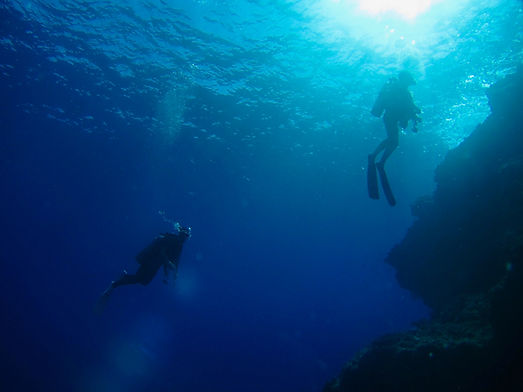
Be a safe diver
Planning & Safety
CONTENT NEEDED FOR THIS SECTION
(BELOW IS JUST A COPY OF TRAVEL PLANNING PAGE)
1
Maintain good mental & physical fitness for diving. Avoid being under the influence of alcohol or dangerous drugs when diving. Keep proficient in diving skills, striving to increase them through continuing education and reviewing them in controlled conditions after a period of diving inactivity, and refer to my course materials to stay current and refresh myself on important information.
3
Use complete, well-maintained, reliable equipment that you are familiar with. Inspect your equipment for correct fit and function prior to each dive. Have a buoyancy control device, low-pressure buoyancy control inflation system, submersible pressure gauge and alternate air source and dive planning and monitoring device (dive computer, RDP/dive tables—whichever you are trained to use) when scuba diving. Deny use of my equipment to uncertified divers.
2
Be familiar with your dive sites. If not, obtain a formal diving orientation from a knowledgeable, local source. If diving conditions are worse than those in which I am experienced, postpone diving or select an alternate site with better conditions. Engage only in diving activities consistent with my training and experience. Do not engage in cave or technical diving unless specifically trained to do so.
4
Listen carefully to dive briefings & directions and respect the advice of those supervising your activities. Recognise that additional training is recommended for participation in specialty diving activities, in other geographic areas and after periods of inactivity that exceed six months.
5
Adhere to the buddy system throughout every dive. Plan dives – including communications, procedures for reuniting in case of separation and emergency procedures – with your dive companion.
6
Be proficient in dive planning (with either a dive computer or tablet). Make all dives no decompression dives and allow a margin of safety. Have a means to monitor depth and time underwater. Limit maximum depth to my level of training and experience. Ascend at a rate of not more than 18 metres (60 feet) per minute. Be a SAFE diver – Slowly Ascend From Every dive. Make a safety stop as an added precaution, usually at 5 metres (15 feet) for three minutes or longer.
7
Maintain proper buoyancy
Adjust weighting at the surface for neutral buoyancy with no air in my buoyancy control device. Maintain neutral buoyancy while underwater. Be buoyant for surface swimming and resting. Have weights clear for easy removal, and establish buoyancy when in distress while diving. Carry at least one
surface signalling device (such as signal
tube, whistle, mirror).
8
Breathe properly for diving – avoid excessive hyperventilation. Never breath-hold or skip-breathe when breathing compressed air, and avoid excessive hyperventilation when breath-hold diving. Avoid overexertion while in and underwater and dive within my limitations.
9
Use a boat, float or other surface support station, whenever feasible.
10
Know and obey local dive laws and regulations, including fish and game and dive flag laws.